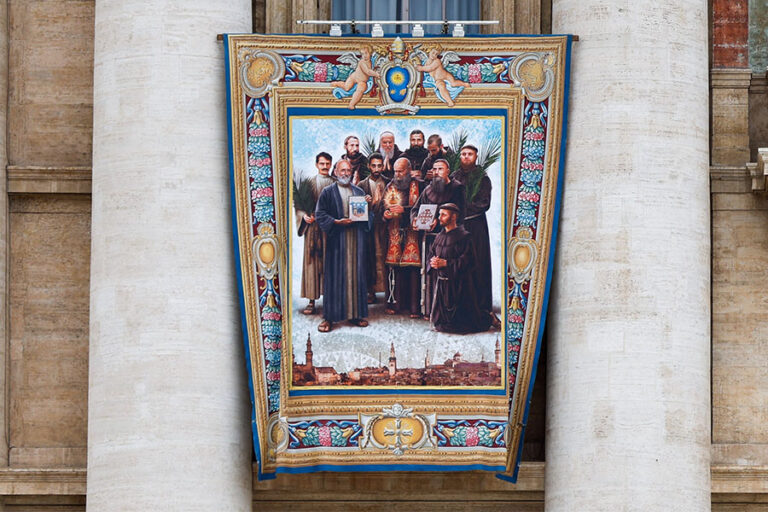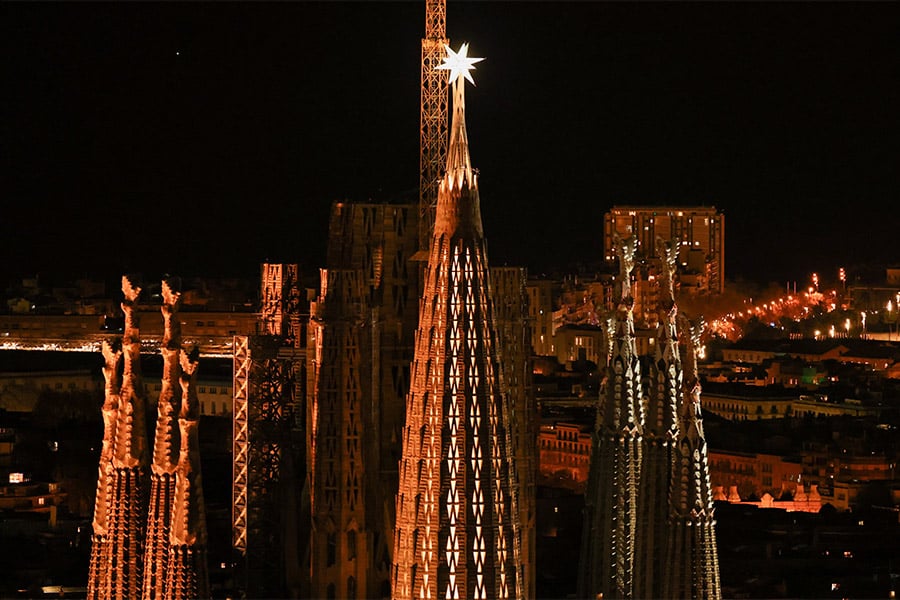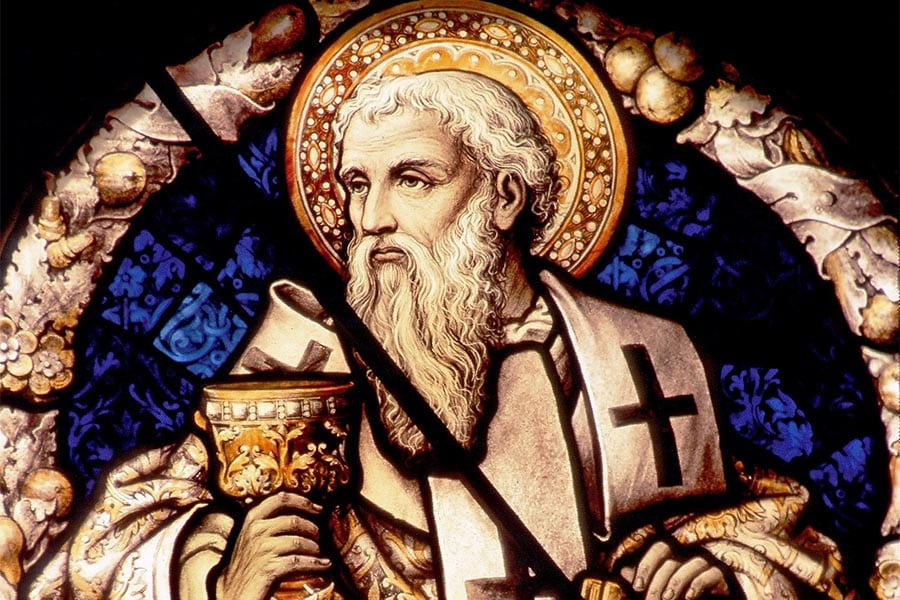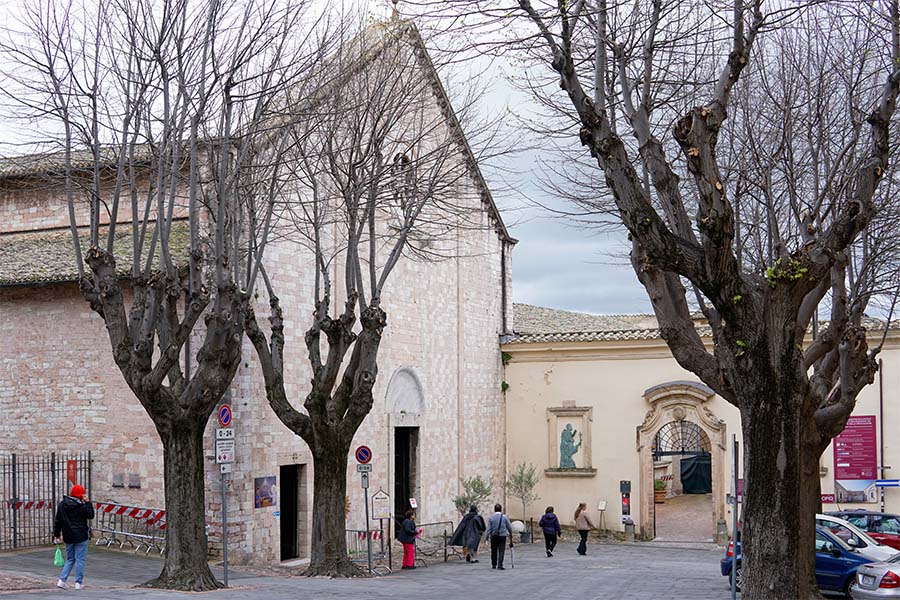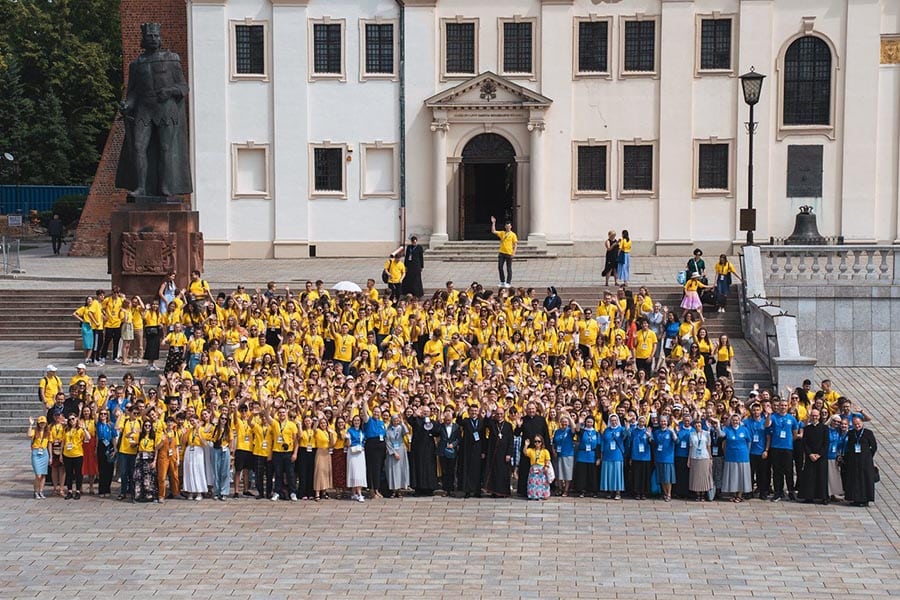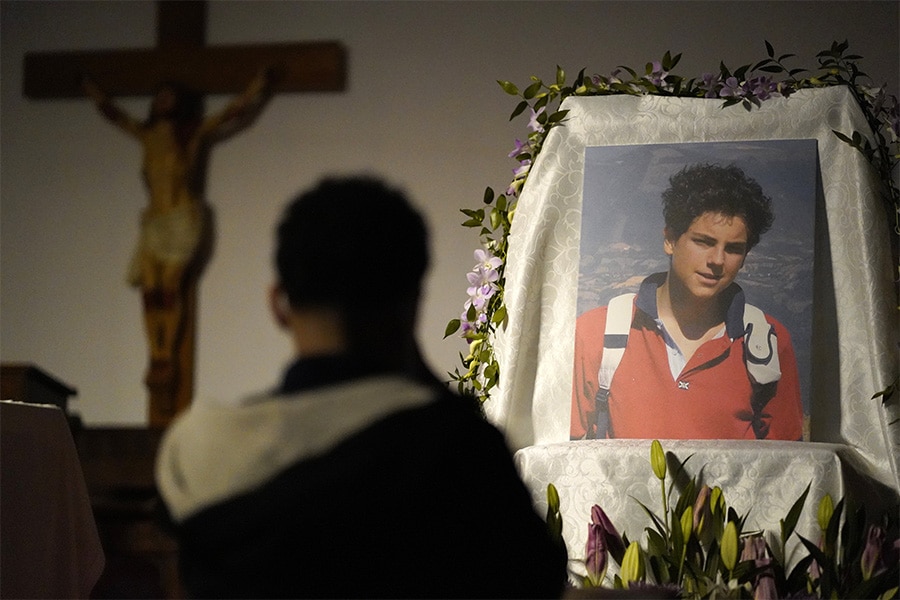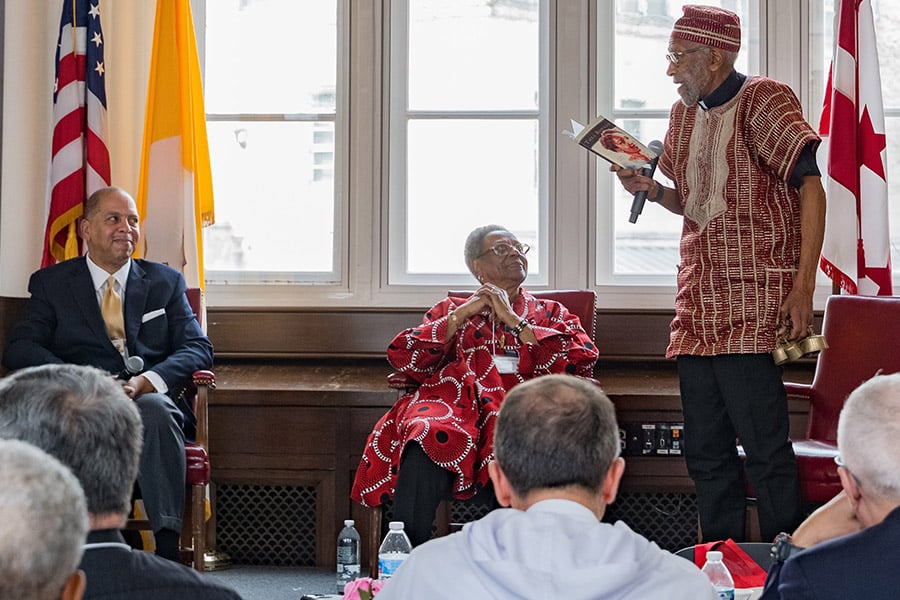All Saints Day on Nov. 1 is an annual reminder that we are surrounded by a “cloud of witnesses” that are worshipping the Lord and praying for us, but how, exactly, is someone formally named a saint?
From its earliest days, the Catholic Church has celebrated the memory of some of her members known for heroic examples of faith, hope and charity, and has acknowledged the outstanding holiness that existed in them. The first Christians most readily heralded as saints were those who suffered martyrdom and were killed in hatred of the faith. In subsequent generations, the church held up as saints those who modeled heroic Christian living. A central reality of the Catholic faith is that all the baptized are called to be saints, an idea underscored and articulated anew by the Second Vatican Council as the “universal call to holiness.”
For centuries before there was a process for canonization, saints were declared by popular acclaim. But through the centuries, a process for naming saints developed and was codified. Over time, the prerogative for elevating someone to sainthood came to rest solely on the See of Rome. In 1983, however, Pope St. John Paul II overhauled the process, and the result is what guides the church today.
Because a specific procedure must be followed to prove that the person in question is in heaven, the road to canonization has a juridical quality to it. The final step of the process is the pope’s solemn declaration, during the canonization rite, which states the given individual is in heaven.
The canonization process depends first upon the popular appeal of the holy person. Is the individual one to whom others turn for inspiration? Is he or she sought as an intercessor by the faithful for helping to secure divine intervention amid life’s problems? If so, a “cause” must be established for the process of an individual’s canonization to advance.
The work to advance the cause typically is accomplished by an association or guild comprised of the faithful, in conjunction with approval of members of the hierarchy. In order to foster prayer and devotion to the individual, what is more formally referred to as the “cult,” this group oversees dissemination of the individual’s written works and other items such as devotional materials, including prayer cards. The group also needs to secure financial resources to sustain the work that goes into advancing the cause.
An established and consistent popular devotion to the individual proposed for canonization is the foundation of any successful cause of canonization. The person’s holy life must be a source of inspiration to the faithful, and the person should be petitioned through prayer for intercession in various needs and occasions. Current Church law requires the person to be deceased five years before a cause can commence, though the pope can choose to waive this waiting period.
Most usually, as a person’s fame spreads and devotion to him or her increases, a thorough examination of the holy person’s life is conducted. All of this work is overseen by a person called a postulator who is assisted by various experts. The investigation happens first at a local level — usually overseen by a diocese or religious community. Evidence is accumulated to prove the individual existed, and his or her life and work are carefully scrutinized by historical and theological commissions.
The cause proceeds according to one of three paths: the person is proven to be a martyr, the person is proven to have lived a life of heroic virtue, or the person is proven to have prematurely offered up his or her life in an act of supreme charity.
Somewhere during this phase, the title “Servant of God” is bestowed upon the person in question, indicating that it has become clear that sizable numbers of the faithful believe that he or she strove for a holy life in accord with God’s will. Also at some point within this phase, the individual’s grave typically is exhumed, the body is examined and relics are preserved.
When the local investigation into the person’s life and work is completed, the materials are forwarded to the Holy See’s Congregation for the Causes of Saints. Working with the materials submitted, the same scrutiny is given to the person’s life at the Roman level. Officials at the congregation comb through all the documentation submitted by the authority sponsoring the canonization cause and compile it into what’s called a “positio” — something like a lengthy book. Bishop and cardinal members of the congregation vote on whether the cause should be advanced, and if it proceeds positively, the positio ultimately is presented to the pope.
If he concurs with the work already completed, the pope grants the individual the title “venerable,” as one who is to be venerated for his or her holiness and intercessory privilege. This process is very much the same for an individual to be declared a martyr. The declaration that an individual is venerable or a martyr is arguably the greatest hurdle to clear in the canonization process.
Additionally, there is also a fourth, rarely used path called equipollent, or equivalent, canonization, whereby an individual is named a saint by the pope after a lengthy period where it has been established that the person has long and consistently been renowned for holiness and has a reputation as a miracle worker. This path demands a lengthy investigation as well, to prove the grounds that it should be invoked. Albeit on the rarest of occasions, portions of the canonization process, or the entirety of it, can be dispensed by the pope at any time.
Two proven miracles attributed to the person’s intercession are needed for non-martyrs to be canonized, while only one miracle is needed for a martyr’s canonization. The presence of miracles typically has been a part of the declaration of saints even from earliest times. While supernatural phenomena might have been present in the holy person’s life, it is the miracles that occur after the person’s death that give evidence to his or her intercessory closeness to God as a heavenly denizen.
The church takes very seriously the task of authenticating alleged miracles, and reported miracles typically are inexplicable medical healings. They are subjected to thorough investigations by medical and theological experts. After examination, ratification, and endorsement by local and Roman commissions, alleged miracles are submitted to the pope for his ultimate approval. One miracle is required for beatification and a second for canonization (after the beatification, sometimes viewed as affirmation of the saint’s cause), except in the case of martyrs, for whom the first miracle is exempted.
When a person is beatified, the church states it is worthy of belief that he or she is in heaven, and he or she is granted the title “blessed.” If the person is declared a martyr, he or she is beatified without need of a proven miracle. For other beatification candidates, a miracle attributed to the individual’s intercession must be proven.
Through beatification, provision is made for the person to be venerated on a local level — perhaps in a given diocese, or nationally, or in a religious community and their apostolates, etc. Churches may be dedicated in the blessed’s honor in the specific locations associated with their life or work, and they are assigned a liturgical memorial to be celebrated in places associated with the blessed’s life. In recent years, beatifications also have been locally celebrated, usually in a place where the beatified person lived or died.
Canonization is a declaration that the individual is in heaven and enjoys the beatific vision. The canonization takes place in a liturgy celebrated by the pope, most typically at the Vatican. It is an infallible act of the magisterium that is to be definitively held by the faithful that an individual is now a “saint.”
When a person is canonized, their cult is spread throughout the whole church by inscribing their name in the canon, or official list, of saints. The saints may or may not be included on the General Roman Calendar. Regardless, they are invoked publicly and may be liturgically celebrated and have churches dedicated to their memory anywhere in the world. A proven miracle is needed for all individuals who are canonized. But, at times, the pope has dispensed with the need for a final miracle.

